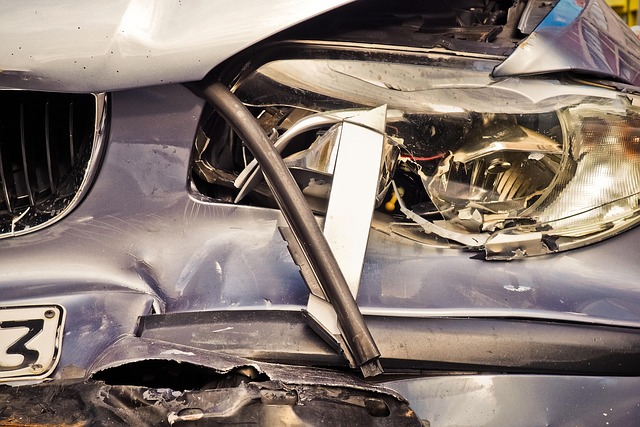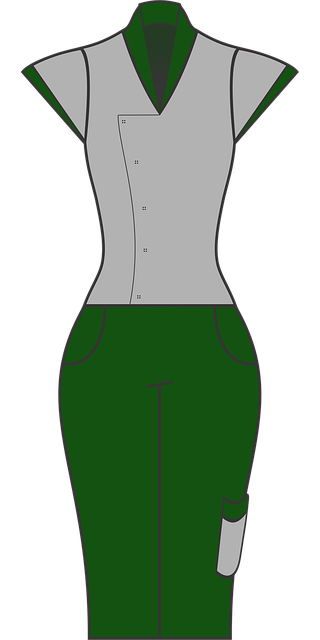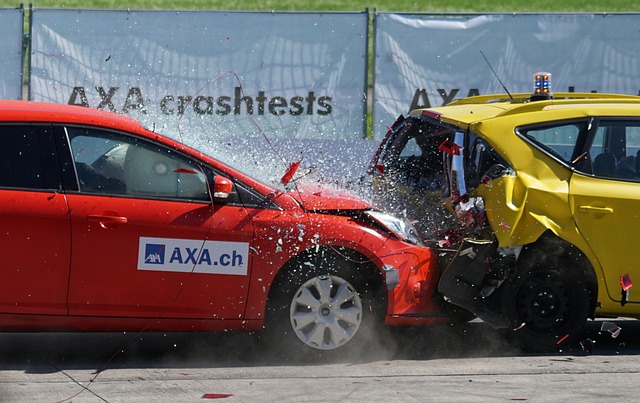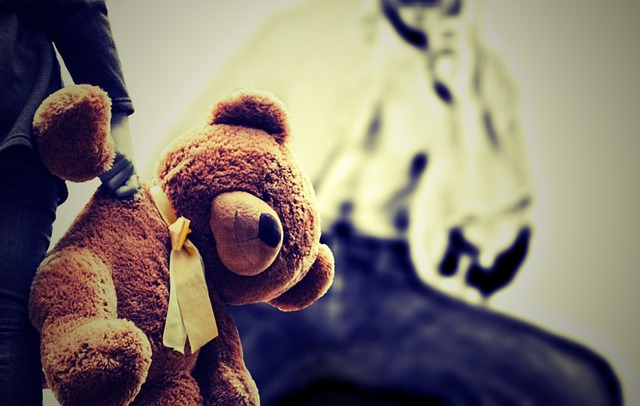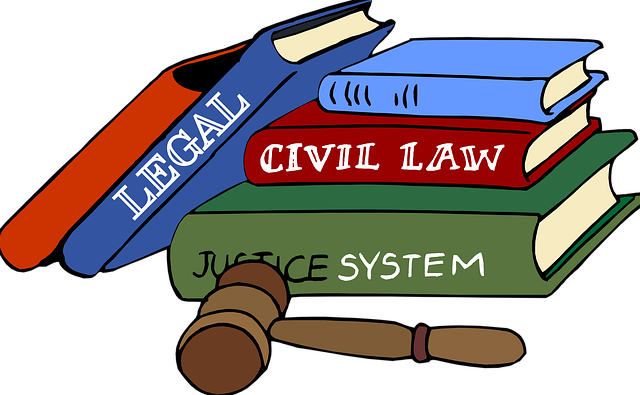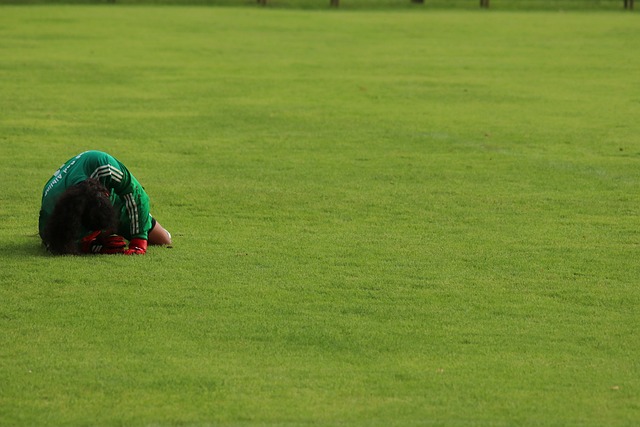To prove slip and fall negligence, establish hazardous conditions, property owner knowledge, causation, and gather medical evidence. Document incidents thoroughly, collect witness statements, and obtain medical records. Present a clear timeline of events, witness testimonies, photos, and expert opinions in court. Highlight the owner's neglect to maintain safe premises and showcase the client's recovery process, strengthening claims with similar case comparisons.
Proving negligence in slip and fall cases requires a meticulous understanding of legal principles and robust evidence gathering. This comprehensive guide delves into the critical components of establishing slip and fall negligence, detailing strategies for amassing compelling evidence and crafting persuasive arguments. Learn how to navigate the complexities of these cases, ensuring justice for those injured through no fault of their own. Discover expert insights on every step, from identifying key elements to presenting a strong case in court, focusing squarely on slip and fall negligence.
- Understanding the Elements of Slip and Fall Negligence
- Gathering Evidence to Support Your Case
- Presenting a Compelling Argument in Court
Understanding the Elements of Slip and Fall Negligence
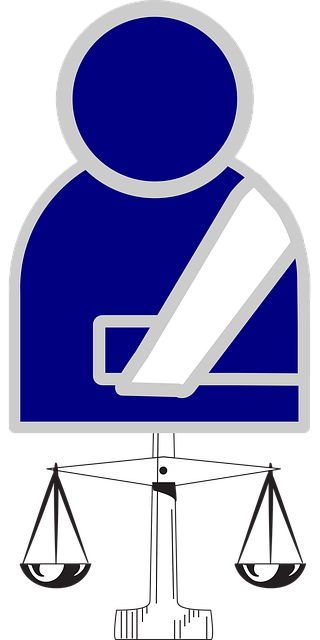
To prove negligence in a slip and fall case, several key elements must be established. Firstly, it’s crucial to demonstrate that there was indeed a hazardous condition on the property owner’s premises. This could include slippery floors, uneven surfaces, or debris that wasn’t promptly cleared. The plaintiff must then show that the property owner had actual or constructive knowledge of this hazard. Constructive knowledge is established if the condition existed for a sufficient period that the owner should have been aware of it.
Once these elements are proven, the focus shifts to establishing causation—the fall directly resulted from the hazardous condition. This often involves medical evidence to show injuries and expert testimony to link them to the fall. In complex cases, such as those involving real estate litigation or partnership disputes where property maintenance is a factor, understanding local regulations and standards becomes essential. An accident attorney can play a vital role in navigating these legal intricacies to ensure the best possible outcome for their client.
Gathering Evidence to Support Your Case

Proving negligence in a slip and fall case requires meticulous gathering of evidence to support your claim. The first step is to document the incident thoroughly. This includes taking photos of the hazard that caused the fall, such as a slippery floor or uneven pavement, from various angles. Also, capture any visible damage or previous warnings signs nearby.
Next, gather statements from witnesses who were present during the accident. Their accounts can provide crucial insights into the circumstances leading up to the fall and establish liability. Additionally, it’s essential to obtain medical records to document the extent of injuries sustained in the slip and fall incident. These records serve as concrete evidence to support your claim for compensation, especially when compared to other potential causes, like a car accident or nursing home abuse, where breach of contract might be invoked.
Presenting a Compelling Argument in Court

In presenting a compelling argument for slip and fall negligence in court, the first step is to establish a clear chain of events leading up to the incident. This involves meticulously gathering and organizing evidence that demonstrates the property owner’s failure to maintain their premises in a safe condition. Testimonies from witnesses, photographic evidence of the hazardous condition, and expert opinions on safety standards can all bolster your case. It’s crucial to show that the property owner had actual or constructive knowledge of the dangerous situation and failed to take reasonable measures to rectify it.
Additionally, focusing on the client’s recovery and the impact of the slip and fall accident is essential. This includes detailing the extent of injuries sustained, any medical treatments required, and the resulting financial burdens. By presenting these details, you not only humanize the case but also highlight the direct consequences of the negligence. Moreover, drawing parallels with other cases involving similar circumstances, such as product liability or truck accidents handled by a qualified attorney, can help underscore the severity and validity of your claim.
Proving negligence in slip and fall cases requires a comprehensive understanding of legal elements and strategic evidence collection. By thoroughly examining the circumstances leading up to the incident, gathering relevant documentation, and presenting a compelling argument, you can significantly strengthen your case. Remember, detailed records, eyewitness accounts, and expert opinions are invaluable tools to demonstrate that the defendant’s actions (or inactions) constituted negligence, ultimately leading to a successful outcome in court.
